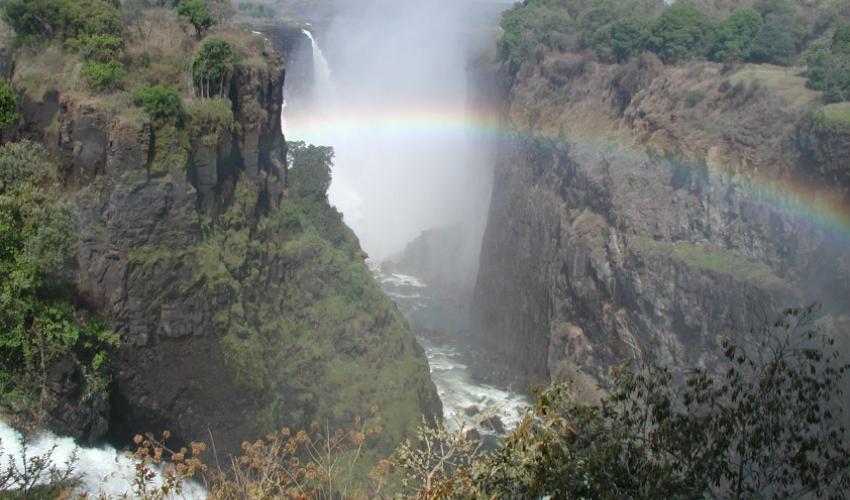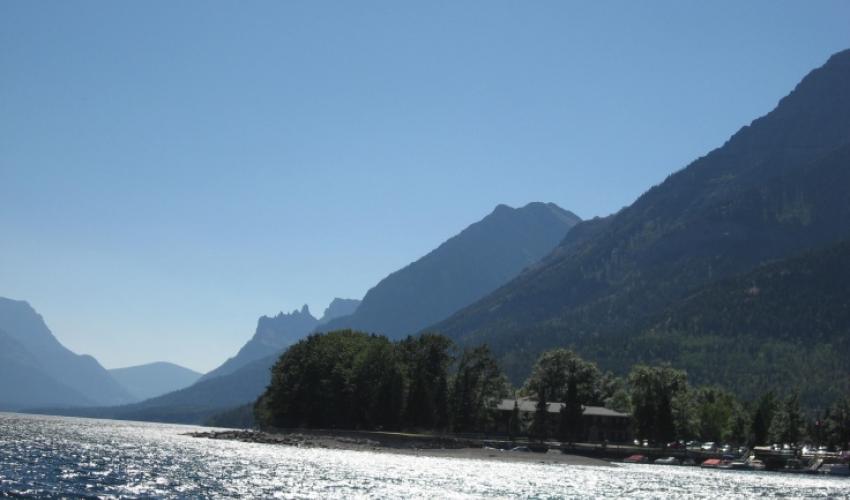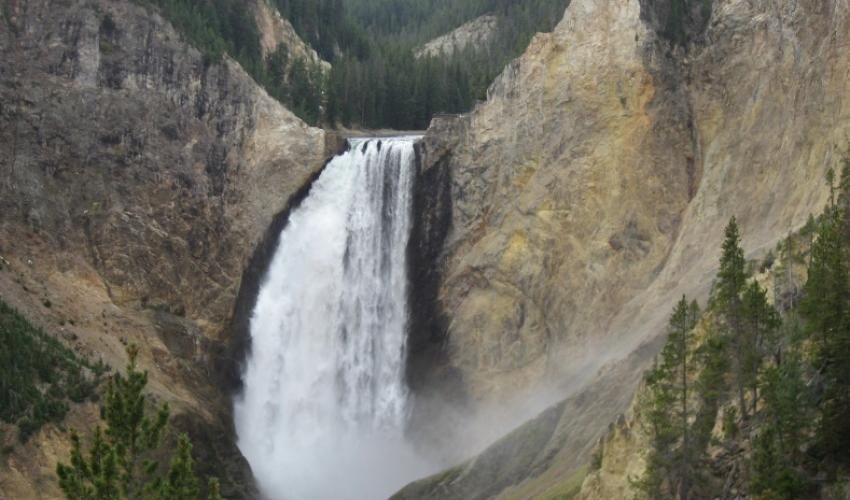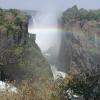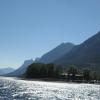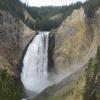Nikita Lopoukhine, National Trustee and Chair of the Conservation Committee of the Canadian Parks and Wilderness Society, discusses the role of protected areas in conservation
Our planet is under siege. Burgeoning global demand for resources is seriously straining ecological systems - the mainstay of biodiversity and human well-being. One available means to protect the integrity of ecological systems, human health and well-being and the biodiversity we all depend on is, of course, protected areas.
Much has been written on the benefits of protected areas, which range from mitigating and adapting to climate change to alleviating poverty and creating opportunities for commercial gains through eco-tourism and other ventures.
For nature to thrive, natural processes must be accommodated. Protected areas offer a natural solution, an ecosystem-based approach to addressing conservation-related challenges and opportunities. While monetizing protected areas and justifying them from a human-centric viewpoint, though at times necessary, this can detract from the overriding principle that nature must be the beneficiary of a well-managed and connected system of protected areas worldwide.
The Strategic Plan for Biological Diversity sets out targets to achieve protection for 17% of terrestrial areas and 10% of marine areas by 2020. Globally, we are well on the way to reaching these targets but much more action will be needed to ensure that these areas are effectively managed and protected.
Because patterns of natural processes often operate beyond designated protected areas, protected area mangers work with adjoining area managers and owners to assure that, for example, species that leave protected areas are still ensured protection and conservation. Private land owners have shown conservation and land-steward leadership though mechanisms such as placing easements on their lands to avoid developments that could potentially act as barriers to species mobility.
IUCN defines the primary purpose of protected areas to be nature conservation. These areas must have clearly defined boundaries, and can be governed by local communities through to the highest level of government. Site-specific objectives vary from strict protection to a sustainable use categorization. Cultural values are often inherent or incorporated in a protected area but the overriding purpose, to conserve nature, is what distinguishes these designated land and marine areas.
Over time, IUCN realized that as protected area coverage grew, it included special and unique places. Wanting to recognize these areas, IUCN became involved in the formulation of the World Heritage Convention, which designates protection for unique places with Outstanding Universal Value. Subsequently and to this date, IUCN provides advice on the natural sites that are inscribed under this Convention. There are now over 200 such natural sites that IUCN helped inscribe under the World Heritage designation. These sites are iconic not only for their uniqueness but as models of how to protect the biodiversity and ecological processes that they encompass.
The World Conservation Congress in Hawaii provides participants the opportunity to celebrate and hear about the challenges and achievements of protected areas around the world. Further, Congress attendees will have the opportunity to visit designated World Heritage Sites on the islands that make up the State of Hawaii including Hawai’i Volcanoes National Park and Papahānaumokuākea.



